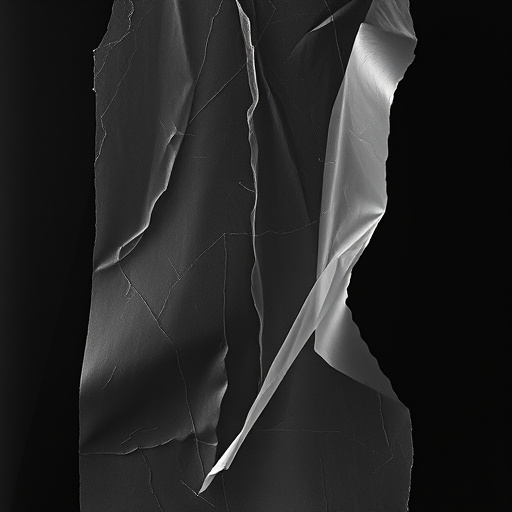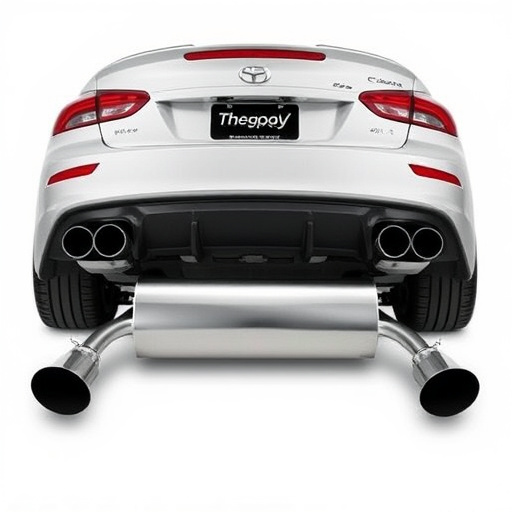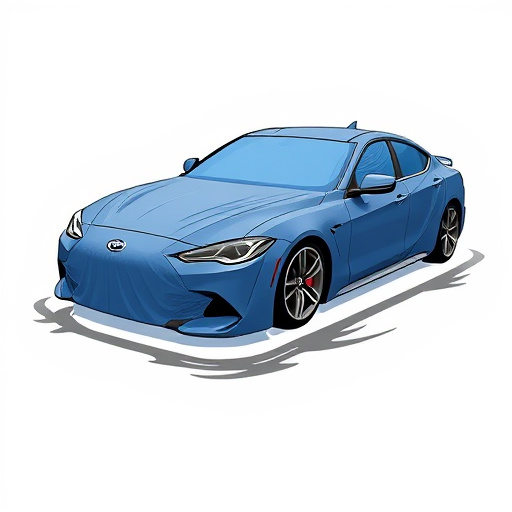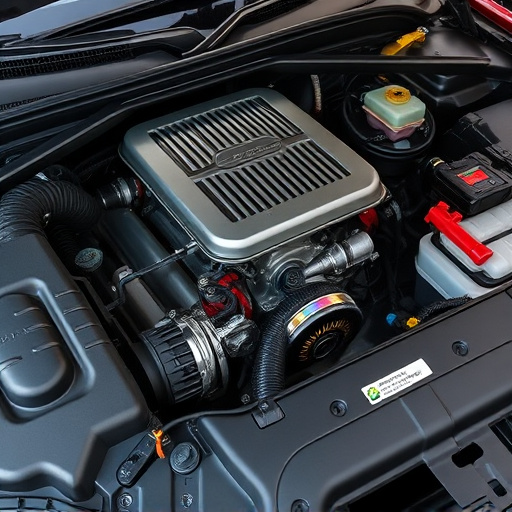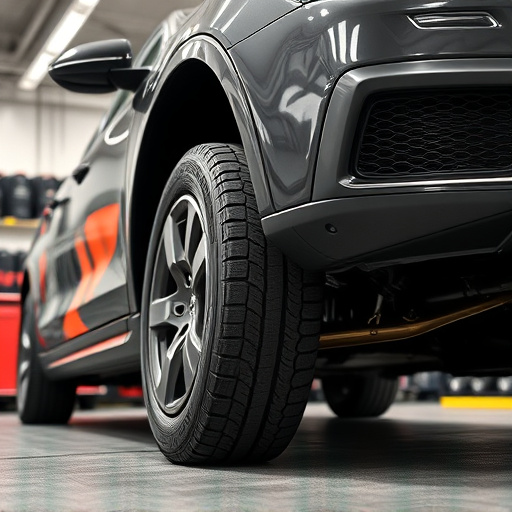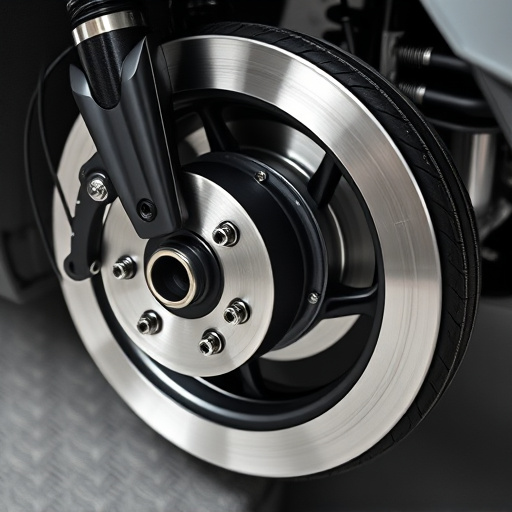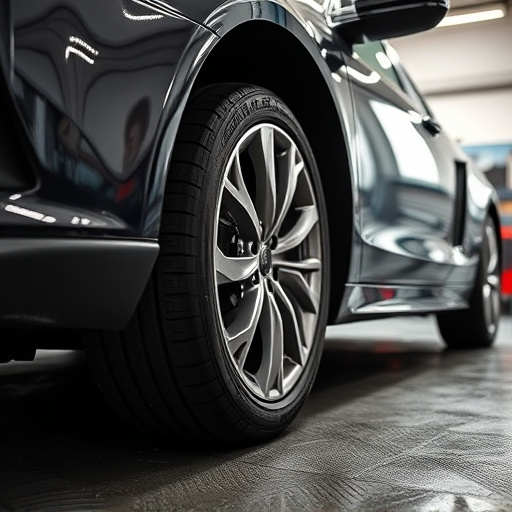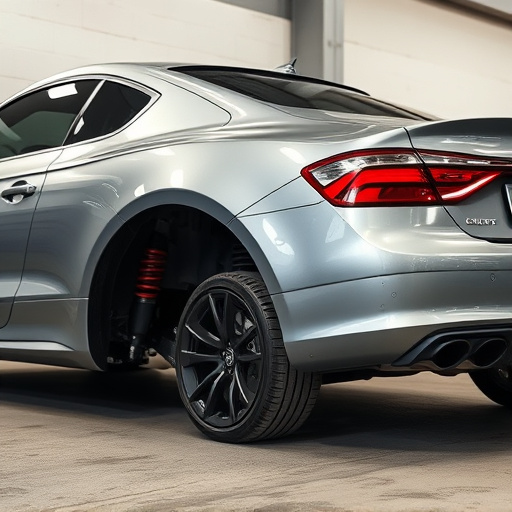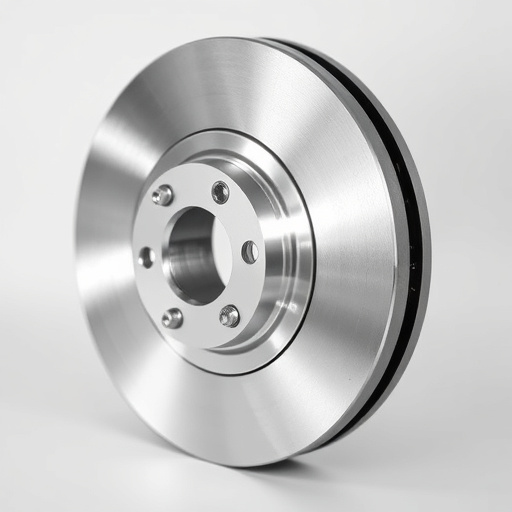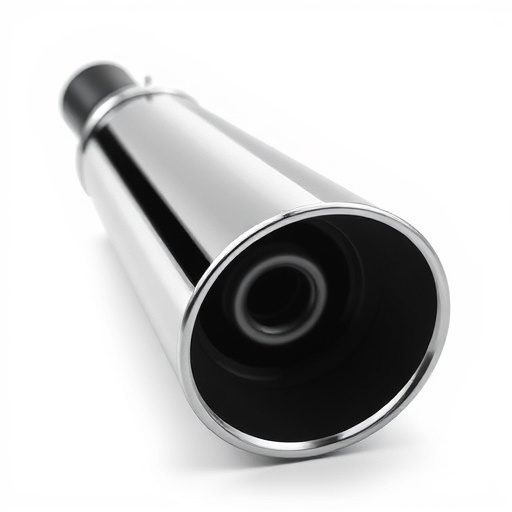An intercooler upgrade significantly improves vehicle cooling, especially after modifications like cold air intakes or exhaust mufflers. By ensuring cool, dense air reaches the engine, it boosts power and fuel efficiency. This is crucial for high-performance vehicles in intense driving conditions. Efficient core design, better heat transfer, and robust construction enable drivers to push their vehicles further. Direct charge pipe routing enhances cooling further, maximizing intercooler benefits. After air intake or suspension mods, an intercooler upgrade is a direct path to enhanced performance. Installation requires careful integration with existing pipes for optimal airflow and efficiency, involving assessment, selection, replacement, sealing, and thorough testing.
An intercooler upgrade is a popular modification among automotive enthusiasts, aiming to boost engine performance. This article delves into the intricate relationship between intercooler upgrades and charge pipes, two vital components of an engine’s cooling system. We’ll explore how these upgrades enhance cooling efficiency, and provide a step-by-step guide to integration for those looking to optimize their vehicle’s capabilities. Discover the benefits and process of combining these technologies for improved engine management.
- Understanding Intercooler Upgrades and Their Functionality
- The Role of Charge Pipes in Engine Cooling Systems
- Integrating Intercooler Upgrades with Charge Pipes: A Step-by-Step Guide
Understanding Intercooler Upgrades and Their Functionality
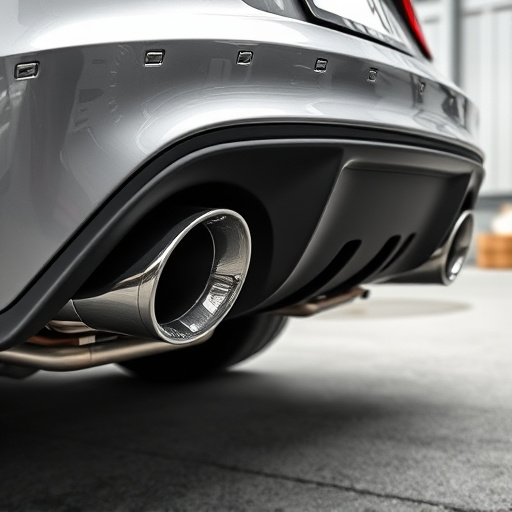
An intercooler upgrade is a performance enhancement for your vehicle’s cooling system, particularly when combined with modifications like cold air intakes and exhaust mufflers. It works by improving the efficiency of the intercooler, which is responsible for reducing the temperature of compressed air entering the engine. This process ensures that the engine receives cool, dense air, enhancing its power output and fuel efficiency. By upgrading the intercooler, drivers can experience improved engine performance and responsiveness, especially during high-performance driving conditions.
These upgrades are crucial for vehicles pushing their engines to the limit, as they help maintain optimal operating temperatures. Unlike basic stock intercoolers, upgraded models often feature enhanced core designs, better heat transfer capabilities, and more robust construction, all of which contribute to more effective cooling. This, in turn, allows drivers to push their vehicles further, whether it’s through aggressive driving or installing high-performance components like advanced brake pads for better stopping power.
The Role of Charge Pipes in Engine Cooling Systems
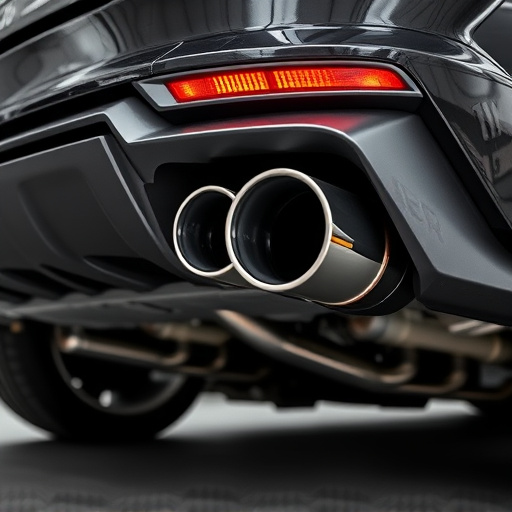
In any high-performance engine, efficient cooling is paramount to maintain optimal operating temperatures. Charge pipes play a critical role in this system by conveying coolant from the radiator directly to the components that need it most, such as the intercooler and cylinder heads. This direct routing ensures maximum efficiency, minimizing temperature variances and maximizing the performance capabilities of an upgraded intercooler.
When considering an intercooler upgrade, understanding the synergy between the cooling system components is crucial. High-performance parts like charge pipes are designed to work in harmony with advanced coolers, enhancing overall engine performance. Just as high-quality brake rotors ensure efficient stopping power, well-engineered charge pipes guarantee optimal fluid circulation for enhanced cooling, enabling vehicles to reach their full potential on and off the track.
Integrating Intercooler Upgrades with Charge Pipes: A Step-by-Step Guide
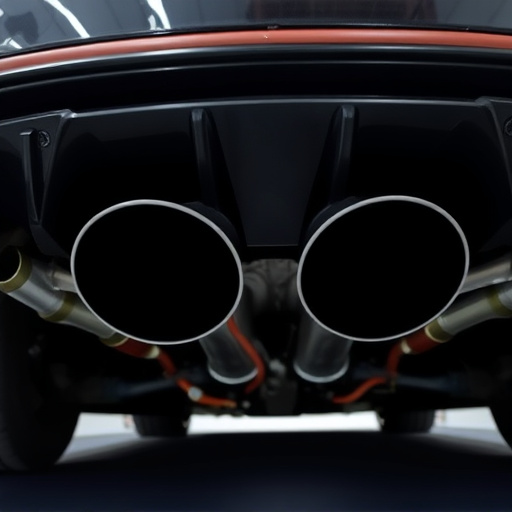
Upgrading your intercooler is a direct way to enhance your vehicle’s performance, especially if you’ve modified your air intake systems or suspension components. The process involves careful integration with your existing charge pipes to ensure optimal airflow and efficiency. Begin by assessing your current setup and identifying any leaks or restrictions in the charge pipe system. This step is crucial for ensuring that your upgraded intercooler receives ample cool air, which directly impacts vehicle performance.
Next, purchase an intercooler designed to complement your specific vehicle model and modifications. Ensure it’s compatible with your existing charge pipes to avoid unnecessary complications. With the right tools, carefully disconnect the old intercooler, replacing it with the new one. Reattach all components, sealing any connections to prevent leaks that could negatively affect engine performance. Test the system thoroughly after installation to guarantee everything functions seamlessly.
Upgrading your intercooler while integrating it seamlessly with charge pipes can significantly enhance engine performance and cooling efficiency. By carefully considering the functionality of each component and following a structured guide, you can optimize your vehicle’s cooling system. This combination allows for improved air flow, reduced temperature, and ultimately, better overall engine health, making it a popular choice among automotive enthusiasts looking to push their vehicles to the limit.


